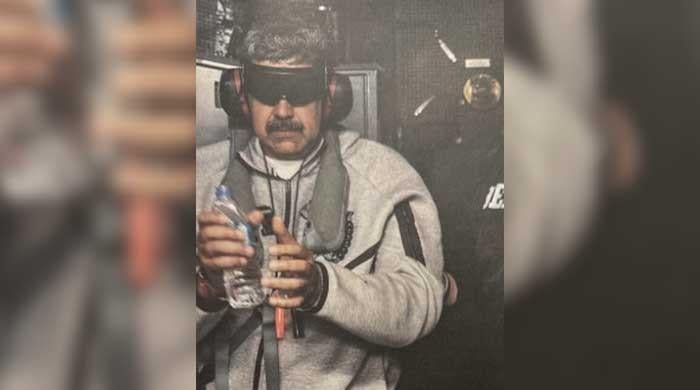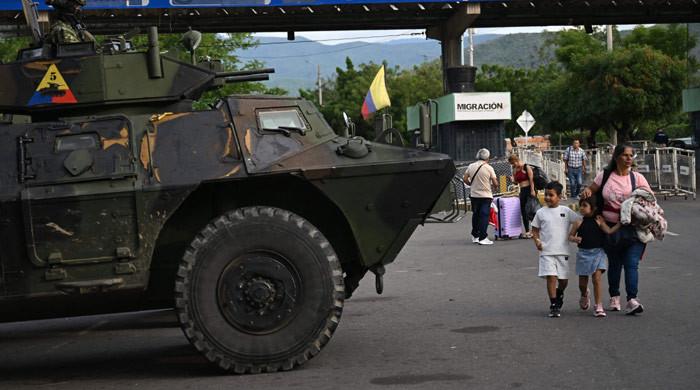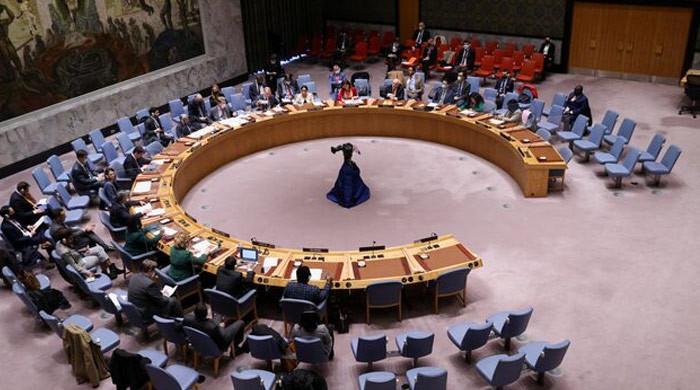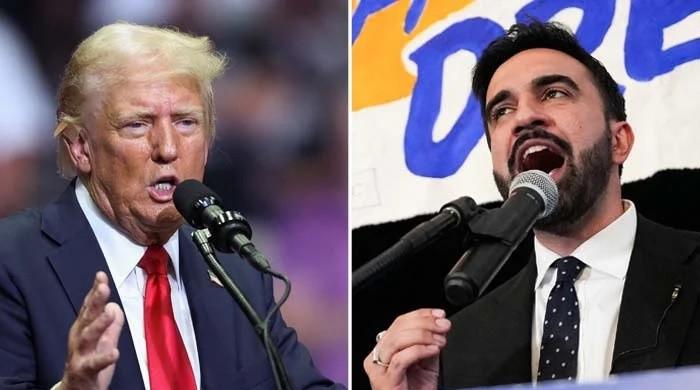India-China border scuffle injured troops on both sides: Indian defence minister
Tensions have simmered between countries since clash in 2020 that left 20 Indian soldiers and at least four Chinese troops dead
December 13, 2022
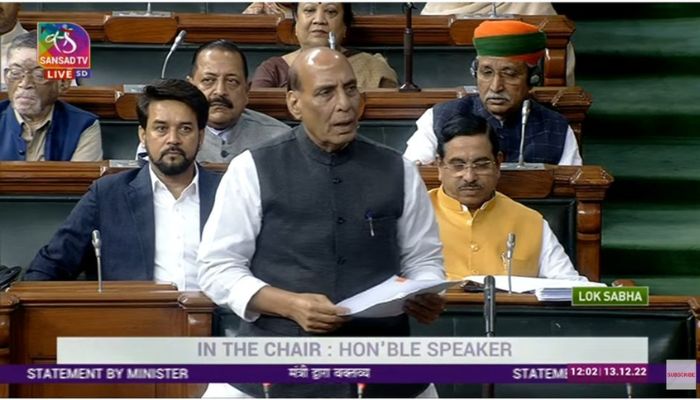
- Indian troops prevented Chinese from entering Indian territory.
- Beijing has yet to comment on the matter.
- Fight was first between two countries since deadly clashes in June 2020.
NEW DELHI: Indian troops prevented their Chinese counterparts from entering Indian territory on Dec. 9 during a border scuffle that led to injuries on both sides, India's defence minister, Rajnath Singh, told parliament on Tuesday.
The latest face-off occurred in the Tawang sector of India's northeastern Himalayan state of Arunachal Pradesh, which borders China's south. Indian troops suffered no fatality or serious injuries, Singh said.
"PLA troops attempted to unilaterally change the status quo by encroaching on the Line of Actual Control, in the Yangtse area of Tawang sector," Singh said, referring to the People's Liberation Army.
"Our army faced this attempt of China with firmness. A scuffle ensued in this face-off. The Indian Army bravely prevented the PLA from encroaching on our territory, and forced them to withdraw to their posts. Some soldiers from both sides were injured in the skirmish."
The Chinese embassy in New Delhi did not immediately respond to a request for comment. Beijing has yet to comment on the matter.
The fight was the first between the two countries since deadly clashes in June 2020 when Indian and Chinese troops were involved in a hand-to-hand combat in the Galwan Valley of Ladakh, abutting the Chinese-held Tibetan plateau.
Undefined border
Tensions have simmered between the countries since a clash in 2020 that left 20 Indian soldiers and at least four Chinese troops dead.
The exact path of the border, some of which is more than 4,000 metres (13,100 feet) above sea level, has never been demarcated.
Winter temperatures can plunge below minus 30 Celsius, cracking gun barrels and seizing up machinery.
Even before the June 2020 clash, India was moving strategically closer to the West, deepening security cooperation with the United States, Japan and Australia in the Asia-Pacific region.
United by their concern about China's increasing influence in the region, together they make up the so-called Quad alliance.
India has also embarked on a $130-billion modernisation of its armed forces — including ordering attack helicopters from the United States and a missile defence system from Russia.





